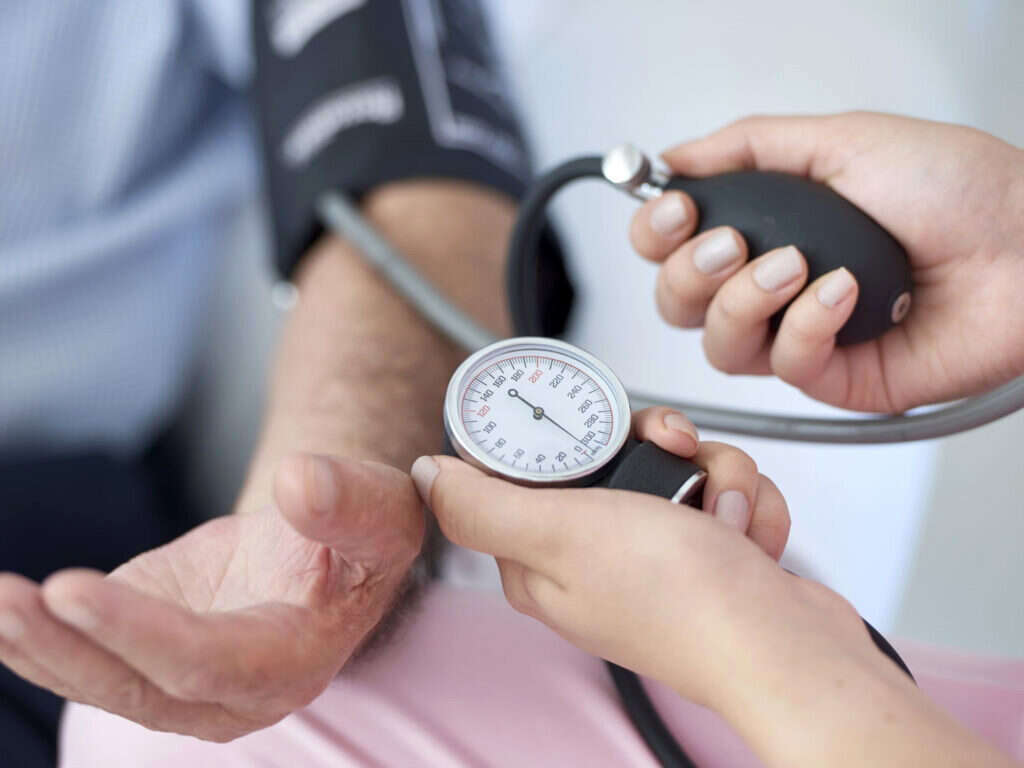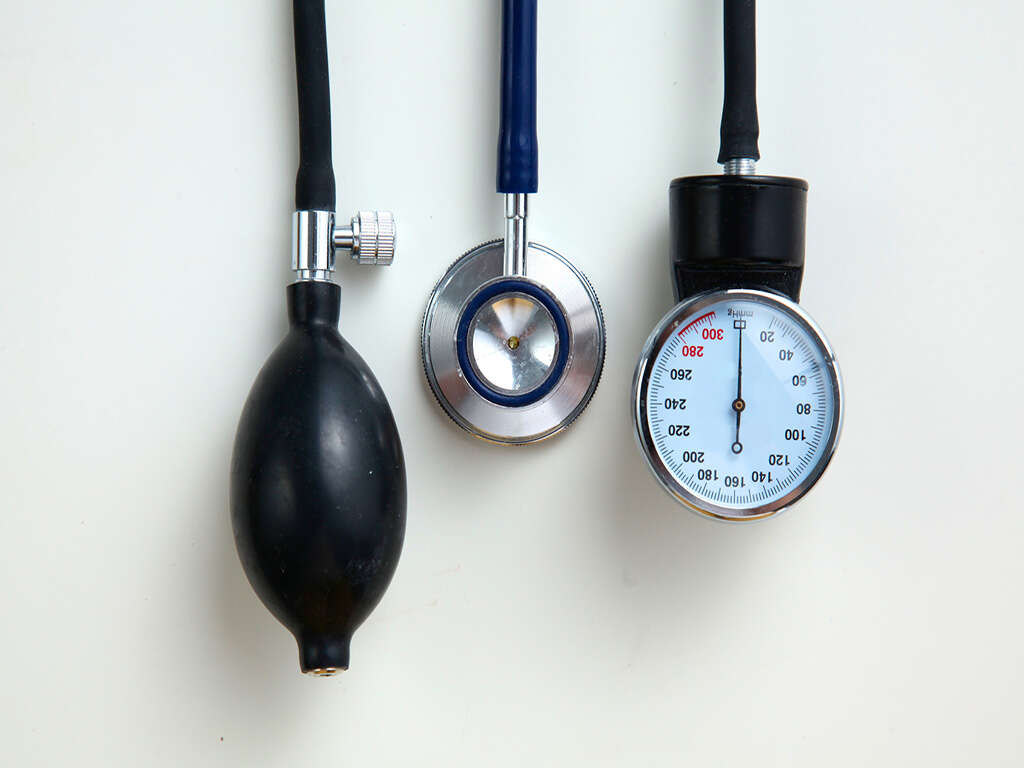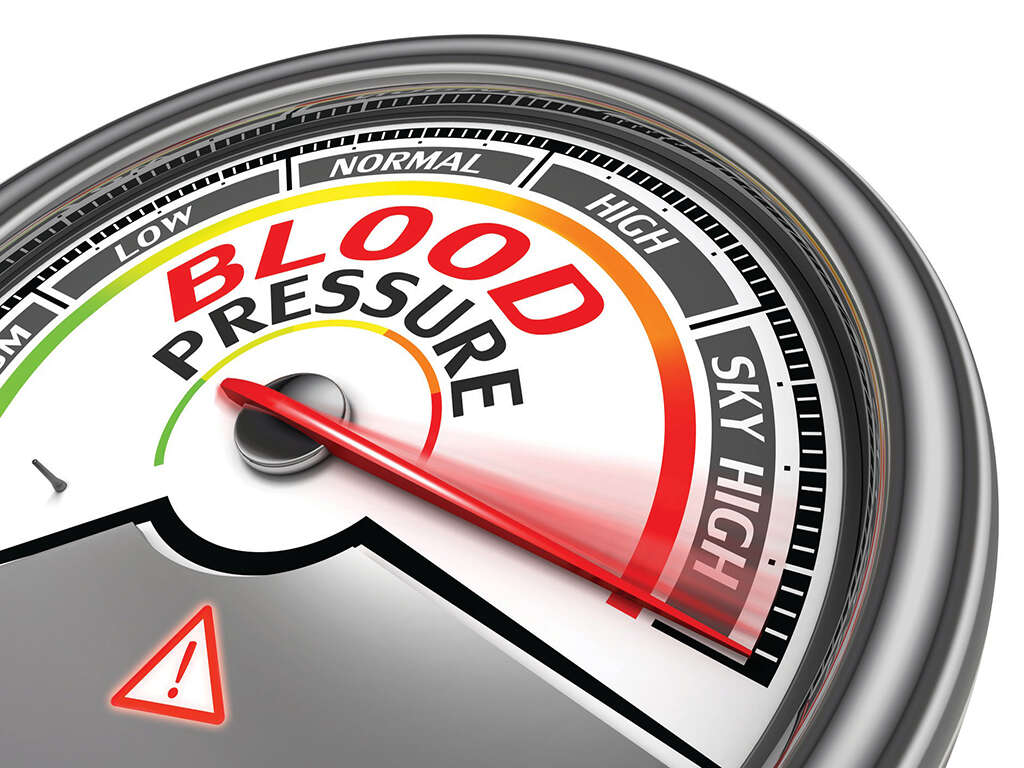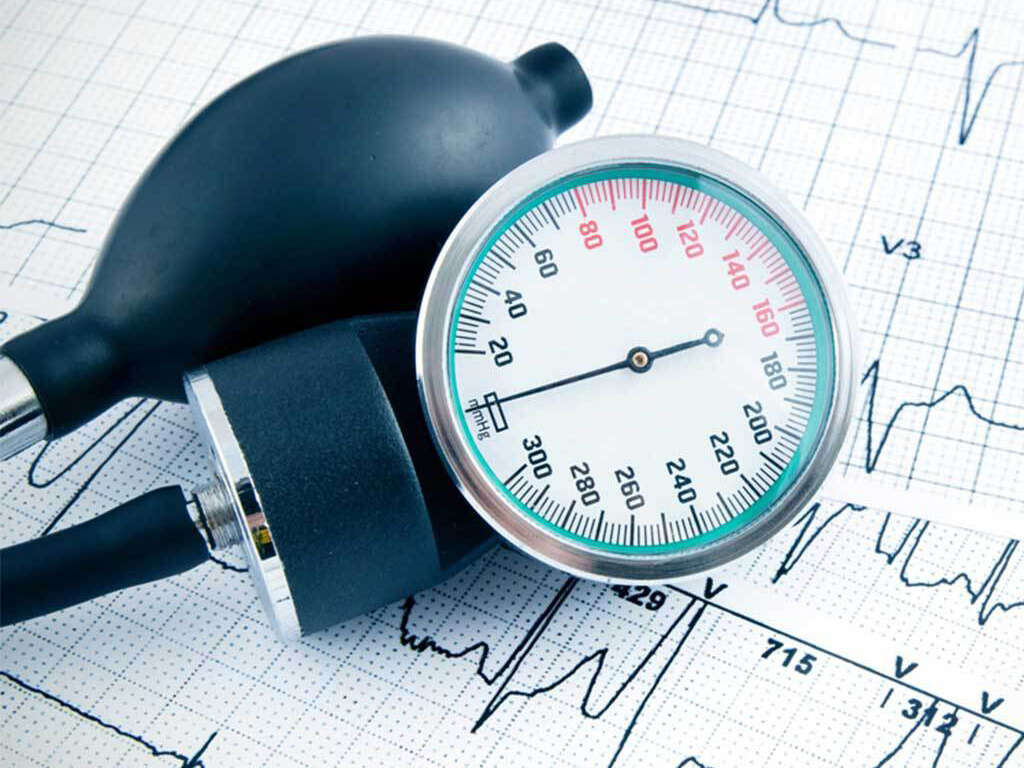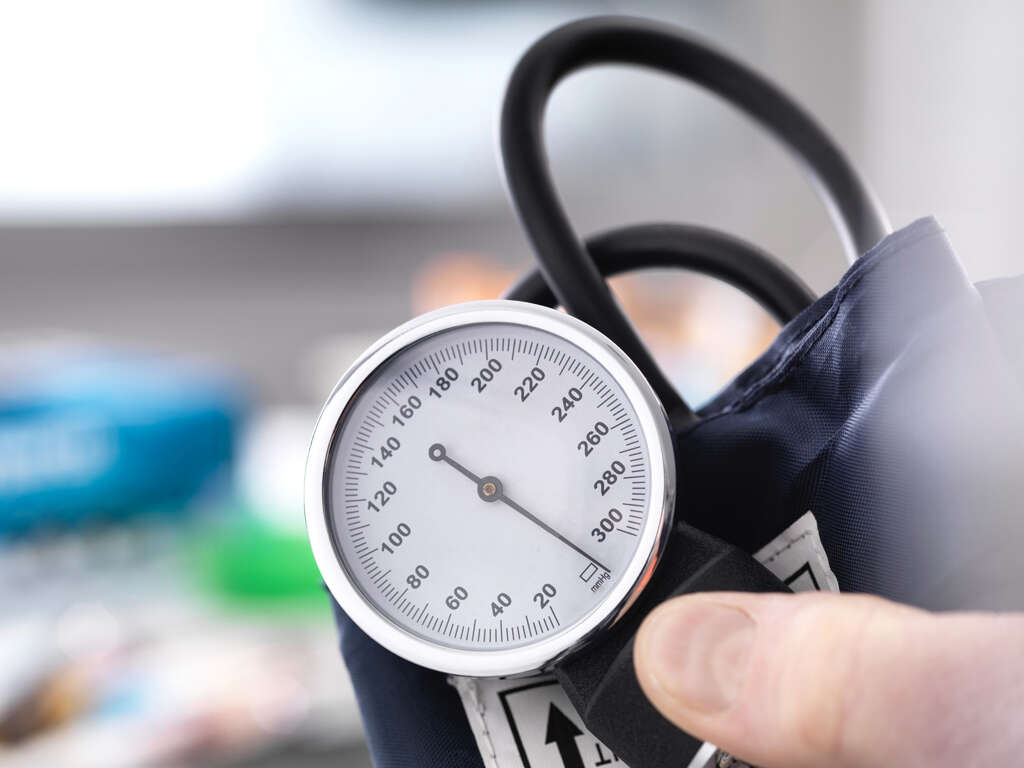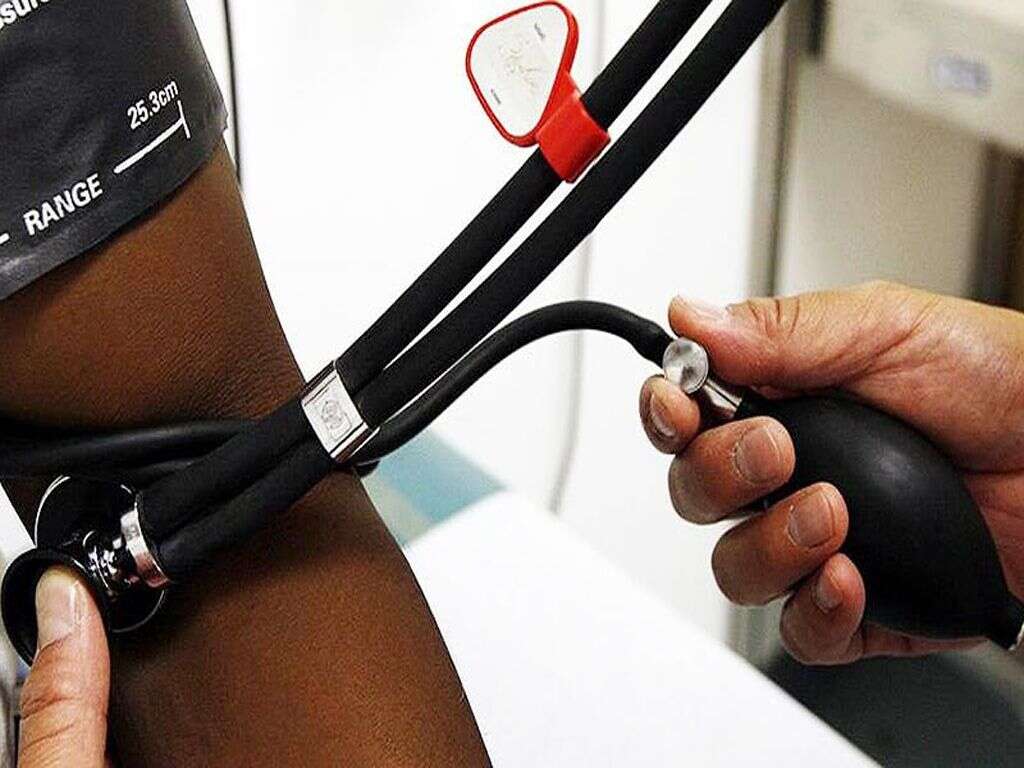What Is White Coat Syndrome?
It is important that our cardiovascular systems are in good health. They are essential to us because they ensure that our bodies are supplied with oxygen and nutrition. If something was to go wrong then we could fall very ill. It could even be dangerous to us.
There are, unfortunately, numerous things that can go wrong with our cardiovascular system. Some of these are down to conditions that we have little to no control over. Others are often caused by how we choose to live our lives. One thing that can go wrong with our cardiovascular system is that pressure of the blood pumping around the body can get too high.
1. Hypertension
It is important that our blood is pumped to all parts of the body where it is needed. In order for this to be achieved, it needs to be pumped at a certain pressure to ensure it circulates around the entire body. While our blood pressure should be above a certain level, however, it should also not be too high.
A high blood pressure has the potential to be quite dangerous for us. It is also common for doctors and nurses to take your blood pressure whenever you go in for an appointment. The procedure is fairly quick and straightforward, but the readings don’t always paint the whole picture.
2. White Coat Syndrome
Seeing a doctor can be a disconcerting occasion for some people. Some will feel uncomfortable with being told about their medical condition. This can cause the patient’s blood pressure to rise beyond levels it will usually be at. This phenomenon is known as white coat syndrome, due to the tendency of doctors and other medical staff to wear white coats.
White coat syndrome is thought to be fairly common; it is estimated that up to around 30% of high blood pressure readings are down to the phenomenon. While it is not a dangerous condition in itself, it could still be a precursor to the patient developing high blood pressure in other settings as well.

3. Masked Hypertension
Another condition that affects the patient’s blood pressure when seeing a doctor is masked hypertension. It is quite the opposite of white coat syndrome in that it causes patients with a high blood pressure to have a lower than usual blood pressure. It means that a high blood pressure in day to day life can go undiagnosed.
Masked hypertension tends to occur in people that usually find themselves in more stressful surroundings. Thus, when they do visit the relatively relaxing doctor’s surgery, their blood press can fall as a result. That hypertension is not diagnosed means the patient is more likely to develop potentially serious complications.
4. Causes
As mentioned, white coat disease is often down to the patient simply feeling a little anxious when seeing their doctor. The condition can also be self-fulfilling because people that are aware they have white coat syndrome will feel more anxious about registering a high blood pressure.
This used to have professionals in the field think that it was not a problem, but this may not be the case. It is thought that patients with white coat syndrome are also more likely to go on to develop hypertension overall. This means that it should be taken seriously because a high blood pressure can be dangerous.

5. Heart Failure
A high blood pressure can cause blood vessels to become thicker, thus narrowing them internally. This means that the flow of blood through those blood vessels will be restricted, and this can mean the heart gets less blood than usual. This, in turn, will affect the heart’s ability to pump.
This is known as heart failure, which is a condition that tends to progress with time. The symptoms are likely to start out barely noticeable, but will get gradually worse as the heart failure develops. The condition is usually manageable, but it can progress to be dangerous for the patient.
6. Heart Attack
A more serious type of heart condition that can be caused by high blood pressure is a heart attack. It happens when the flow of blood has been stopped enough to prevent the heart from working altogether. It is a very serious condition and it will present a real and immediate threat to the patient’s life.
Heart attacks tend to come on suddenly with little, if any, warning that something is wrong. This is one reason why it is a good idea to get regular check-ups, including having your blood pressure taken. Detecting a high blood pressure means the condition can be treated, thus reducing the likelihood of a heart attack occurring.

7. Stroke
High blood pressure can also weaken the blood vessels in the brain. If they become weak enough, and they are unable to withstand the pressure any more, they can rupture. When this happens, the blood will leak out into the brain in what is known as a hemorrhagic stroke.
This, in turn, causes two main problems. One is that the blood will stop flowing to certain parts of the brain. The other problem is that blood leaking out into the brain will cause the pressure in the brain to increase. Damage to the blood vessels by a high blood pressure can also result in an ischemic stroke, which means the flow of blood to the brain has been interrupted.
8. Countering White Coat Syndrome
If you want to get a natural reading of your blood but you are concerned about white coat syndrome, there are some things you can do to help. One of these is to ask if you can move to a quiet area where there are fewer people. You can also ask the nurse to wait for a little while if you are feeling particularly anxious.
For other people, trying to talk about a different subject may be enough to bring their blood pressure down. Breathing deeply and slowly is another way that many people find effective at reducing their blood pressure.

9. Diagnosis
It is very easy to take your own blood pressure, making it relatively easy to get natural readings. Blood pressure machines can be purchased in most drug stores, allowing you to get readings throughout the rest of the day. Make sure to get one that fits and takes an accurate reading for better results.
Try to take readings throughout the day and in different situations. Remember to take note of your readings and what you were doing at the time to help identify any patterns. You should also make sure to make your doctor aware of the results.
10. Treatment
A high blood pressure will need to be treated, and this is achievable in many cases. Depending on the nature of the condition, this might mean taking medication that helps to reduce your blood pressure. In many cases, treatment will involve making certain lifestyle changes.
People with a high blood pressure should try and eat a healthy diet, particularly one that is low in sodium. Getting even a moderate amount of exercise can also go a long way toward reducing your blood pressure to within safe levels. Eating well and exercising can also help to make you feel a lot better overall.





